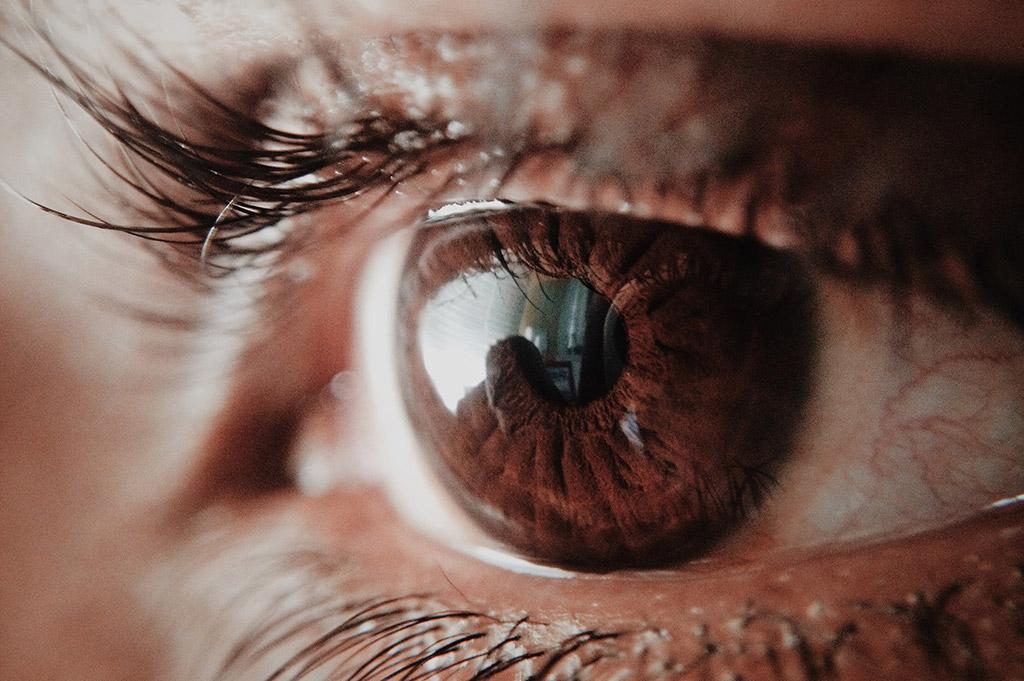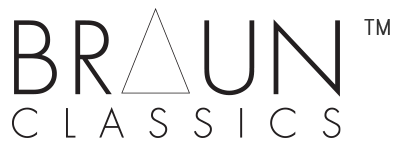
Understanding Myopia: A Comprehensive Guide to Vision Health
In today’s digital age, vision health has become a pressing concern, with myopia, also known as near-sightedness, affecting a significant portion of the population. In this comprehensive guide, we will delve into the intricacies of myopia, exploring its causes, effects, and management strategies. From the benefits of outdoor activities to the role of genetics and environmental factors, we will provide an in-depth understanding of myopia and its impact on vision health.
 What is Myopia?
What is Myopia?
Myopia is a common vision condition characterized by the inability to see distant objects clearly while maintaining clear vision for close-up tasks. The elongation of the eyeball or a steep cornea causes light to focus in front of the retina rather than directly on it, resulting in blurred distance vision. Myopia typically begins during childhood and may continue to progress until early adulthood.
Factors Contributing to Myopia
Various factors contribute to the development and progression of myopia. While genetics play a significant role, environmental factors and lifestyle choices also influence its onset and severity. Excessive near work, such as prolonged reading or screen time, has been linked to an increased risk of myopia. Additionally, limited exposure to natural light and outdoor activities has been associated with a higher prevalence of myopia in children.
The Benefits of Outdoor Activities
Recent research has shed light on the potential benefits of outdoor activities in managing myopia. Spending more time outdoors, engaging in sports and play, has shown a protective effect against myopia progression. Natural sunlight provides a brighter and more intense light source compared to indoor lighting, which may have a positive impact on eye development. Additionally, focusing on distant objects in outdoor environments can help relax the eye’s focusing mechanism, reducing strain caused by continuous near work.
Understanding the Genetic Factors
Advancements in genetic research have revealed the complex interplay between genetic factors and myopia. A study published in Nature Genetics identified 161 genetic factors associated with myopia, quadrupling the known genetic risk factors. These factors primarily affect retinal cell types involved in light processing, suggesting a connection between light-induced signaling and myopia development. While genetics play a crucial role, the interaction between genetic and environmental factors remains a subject of ongoing research.
Lifestyle Modifications for Myopia Management
Managing myopia requires lifestyle modifications that promote good eye health and reduce the risk of progression. Spending more time outdoors, especially engaging in physical activities, can have a positive impact on myopia management. Limiting screen time and taking regular breaks from near work activities helps reduce eye strain. Creating a well-lit environment and maintaining proper reading habits, such as holding materials at a comfortable distance, are also essential. A balanced diet rich in nutrients like vitamin A and omega-3 fatty acids supports overall eye health.
Optical Interventions for Myopia Management
Optical interventions, such as eyeglasses and contact lenses, are commonly used to correct and manage myopia. Single vision lenses correct nearsightedness, while specialized lenses, like those with peripheral defocus, can slow down myopia progression. Contact lenses offer options such as multifocal lenses, which provide clear vision at different distances, and orthokeratology (ortho-k), which temporarily reshapes the cornea overnight for reduced myopia. Atropine eye drops, prescribed in low doses, have also shown efficacy in controlling myopia progression.
Advanced Treatment Options for Myopia Management
In addition to optical interventions, advanced treatment options are available for myopia management. Low-dose atropine therapy, administered as eye drops, helps relax the focusing mechanism of the eye, slowing down myopia progression. Orthokeratology, also known as ortho-k, involves wearing special contact lenses overnight to temporarily reshape the cornea. Multifocal contact lenses provide clear vision at different distances while managing myopia. Ongoing research aims to develop new interventions and innovative technologies to improve myopia management.
Addressing Myopia in Children
Managing myopia in children requires special attention, considering the unique considerations of growing eyes. Effective pediatric myopia management involves discussing the risks of myopia and implementing strategies with parents. Encouraging healthy visual habits, such as taking regular breaks from screens and engaging in outdoor activities, promotes good eye health and can help manage myopia effectively. Parental involvement and support play a crucial role in successfully controlling myopia in children.
The Future of Myopia Research and Management
Advancements in myopia research offer hope for improved management strategies in the future. Ongoing studies aim to uncover the underlying causes of myopia, further investigate the interplay between genetics and environmental factors, and develop innovative treatments. Collaboration among eye care professionals, researchers, and public health organizations fosters progress in managing myopia. By staying informed, implementing lifestyle modifications, and seeking early intervention, individuals can contribute to better myopia control outcomes and preserve long-term eye health.
Conclusion
Myopia is a prevalent vision condition affecting individuals worldwide. Understanding the underlying factors, including genetics and environmental influences, is crucial in managing myopia effectively. Lifestyle modifications, optical interventions, and advanced treatment options play a significant role in slowing down myopia progression and preserving vision health. By adopting a proactive approach, individuals can take control of their eye health and promote a clearer future free from the limitations of myopia.

